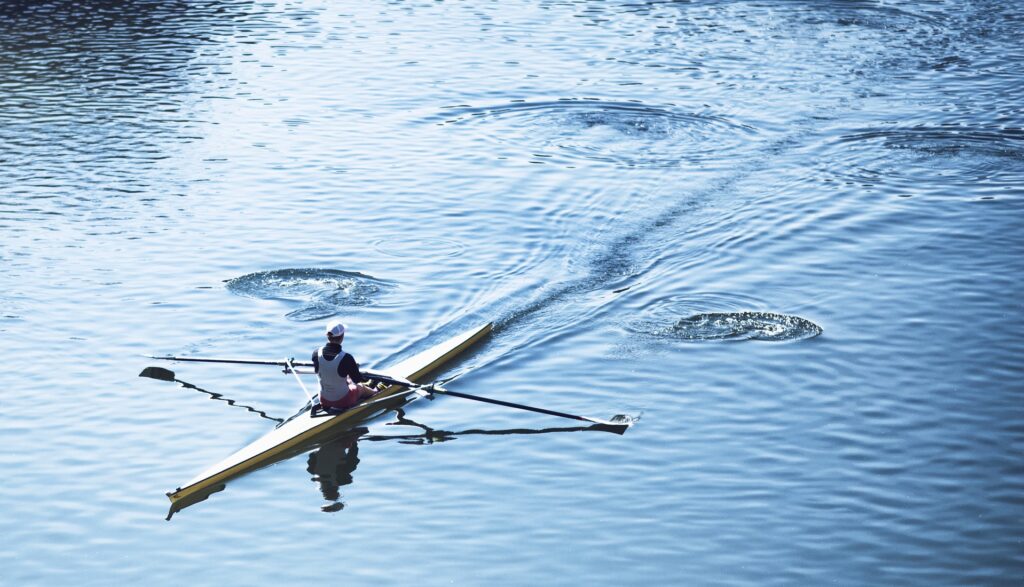
The Olympics show us all how sports can unite people across different languages, countries, religions, and more. The competition brings out the best in people as the only thing that really matters is who can deliver the top performance. What usually happens after the Olympics is people get inspired to try their hand at some of the games they watched over the span of the competition. Rowing was amongst the most popular events this year. Jerome Clavel understands how exhausting, yet rewarding, rowing can be. If you are considering trying your hand at rowing, take advantage of these exercises in the gym that will make life much easier on the water.
A lot of rowing functionality is about rhythm. Knowing when to row and keeping a beat is imperative to faster times. Finding this rhythm can be accomplished through modern rowing machines. Jerome also points out that these machines provide an intense cardiovascular workout. Keeping control of your breath is imperative when rowing. Nothing perfectly simulates the work that is done on the water, but the rowing machine comes the closest.
A lot of the power associated with rowing comes from the legs. This may seem counterintuitive, but the swing is how a person rowing is able to get the oars in the water in the smoothest possible way. Deadlifting helps mimic this motion and builds stronger legs, core, and lower back. Deadlifts are an exercise that can be dangerous when done improperly. Be sure to watch instructional videos and keep perfect form. If you feel uneasy about the deadlift, keep the weight low until you feel comfortable.
Upright rows can be a tremendous exercise for the upper back. All you need is a pair of dumbells and good form. While leaning forward slightly and keeping the back flat with a dumbbell in each arm, you can either row one back at a time or both. This repetition will engage the lat muscles that are key to faster rowing times.
One of the best exercises a person can do is a pull-up. However, it’s also not an easy thing to start. When you focus on your back, you want to start with a wide grip and jump up with your legs crossed behind you in a kneeling position. You then use your back muscles to slowly lift yourself up over the bar. This is easier said than done and can feel rather foreign at first. That’s okay. There are many assisted pull-up machines out there that allow you to work on your form and change the resistance as you grow more and more comfortable. Before long you may find that not only do you not require assistance, but you can even start to strap weight to your body to increase the resistance. Take it one step at a time and enjoy the best version of you!


